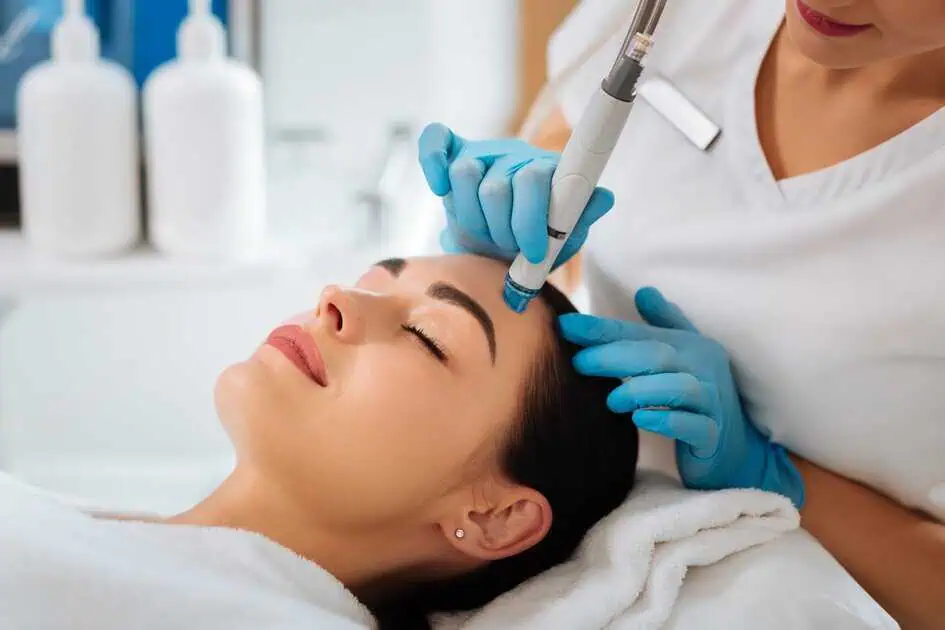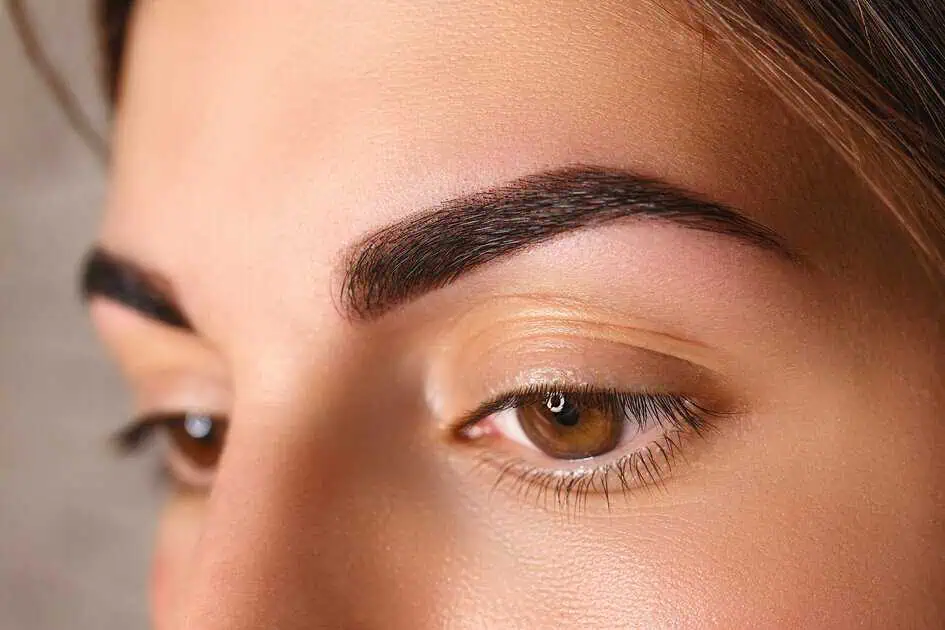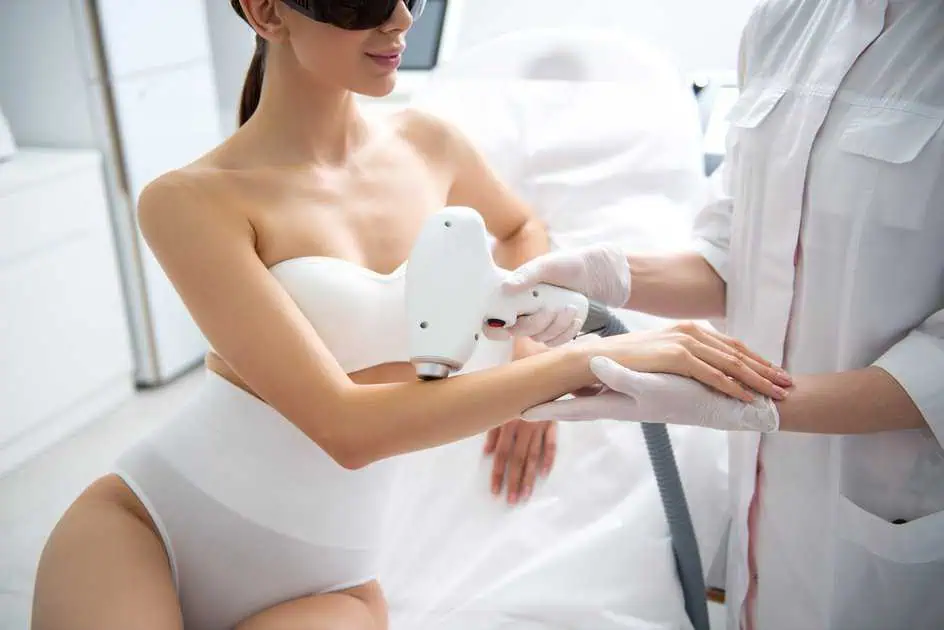Table of Contents
Hyperpigmentation is a familiar skin concern that can be both frustrating and difficult to treat. Many people seek out effective solutions to even out their skin texture and reduce the impression of dark spots or discoloration. One potential treatment alternative that has gained attention in recent years is microneedling. But does this procedure truly have the power to help with hyperpigmentation?
What is Hyperpigmentation?
Hyperpigmentation refers to the darkening or discoloration of certain areas of the skin corresponding to the surrounding skin tone. This condition occurs when the skin produces a surplus of melanin, the pigment that gives skin its color. There are several common causes of hyperpigmentation:
- Sun Exposure: UV radiation from the sun can stimulate increased melanin production, leading to dark spots or patches, often called “age spots” or “liver spots.”
- Hormonal Changes: Oscillations in hormones, such as during pregnancy or with certain medications, can trigger increased melanin synthesis and hyperpigmentation.
- Inflammation: Injuries, acne, or other inflammatory skin conditions can prompt the skin to overproduce melanin and result in discoloration.
- Certain Medications: Some medications, like certain antibiotics or antidepressants, have been linked to hyperpigmentation as a side effect.
The most familiar sorts of hyperpigmentation include melasma, which causes brownish patches, and post-inflammatory hyperpigmentation, which can develop after acne or other skin trauma. Understanding the underlying causes is key to determining the best treatment approach.
Microneedling For Hyperpigmentation: How Does It Work?
Microneedling, also known as collagen induction therapy, is a minimally invasive cosmetic procedure that concerns using a device with fine needles to induce controlled micro-injuries in the skin. This aims to stimulate the skin’s natural healing response and boost the production of collagen and elastin.
The microneedling device creates hundreds of tiny punctures in the outermost layer of the skin. This triggers the release of growth factors that initiate the wound-healing process. In response, the skin increases cell turnover and stimulates collagen production.
For treating hyperpigmentation specifically, microneedling is thought to work in a few key ways:
- Improved Product Absorption: The microscopic punctures allow topical treatments like brightening serums or creams to penetrate more deeply into the skin, potentially enhancing their efficacy.
- Stimulated Cell Renewal: This treatment accelerates the skin’s natural exfoliation and regeneration processes, helping to fade dark spots and discoloration over time.
- Reduced Melanin Production: Some research suggests microneedling may inhibit the overproduction of melanin, which leads to hyperpigmentation in the first place.
By combining these mechanisms, microneedling aims to diminish the appearance of discoloration and create a more even, radiant complexion. However, the degree of improvement can vary depending on factors like skin type and the severity of the hyperpigmentation.
Microneedling Procedure: What Is It Like?
First, the skin is thoroughly cleansed to remove any makeup, oil, or debris. A numbing cream may be applied to the treatment area to help minimize pain. Once the skin is prepped, the microneedling device is rolled or stamped across the skin in a systematic pattern.
The device contains fine needles, usually ranging from 0.5 to 2.0 millimeters in length, that create tiny punctures in the epidermis. Patients often describe feeling a slight pricking or scratching sensation, though most say the discomfort is manageable, especially with the use of a numbing cream.
After the microneedling is complete, a specialized serum or treatment is often applied to the skin. This helps soothe inflammation and maximize the absorption of active ingredients. The entire procedure typically takes 30-60 minutes, depending on the size of the treatment area. Afterward, the skin may appear red and slightly swollen, similar to a mild sunburn. This reaction usually subsides within 24-48 hours.
Pre- and Post-treatment Care
Proper preparation and aftercare are binding to guarantee safe and optimal results from microneedling, especially when treating stubborn conditions like hyperpigmentation.
Pre-Treatment Care for Microneedling:
- Avoid retinoids, AHAs, and other exfoliants for 3-5 days prior
- Limit sun exposure in the days leading up to the treatment
- Thoroughly cleanse the skin and remove all makeup, creams, and serums before the appointment
- Consider applying a numbing cream 30-60 minutes beforehand to minimize discomfort
Post-Treatment Care for Microneedling:
- Expect some redness, swelling, and sensitivity after the procedure
- Use cool compresses and hydrating, fragrance-free moisturizers to soothe the skin
- Apply sunscreen diligently, as the skin will be more vulnerable to UV damage
- Avoid harsh cleansers, exfoliants, and other irritating products for the first 24-48 hours
- Refrain from wearing makeup, exercising strenuously, or exposing skin to excessive heat
- Follow a gentle, hydrating skincare routine in the days and weeks after treatment
- Consider using targeted treatments like vitamin C, retinoids, or hydroquinone to address hyperpigmentation further
- Maintain consistent post-treatment care to maximize results and support skin healing.
Microneedling Add-ons
By incorporating these complementary therapies, practitioners can optimize the outcomes of microneedling treatments, particularly for concerns like hyperpigmentation, fine lines, and skin laxity. The synergistic effects help to achieve more dramatic and long-lasting improvements in the skin’s appearance and texture.
- Hyaluronic Acid: Incorporating hyaluronic acid can amplify the skin-rejuvenating results of microneedling. Hyaluronic acid improves skin texture by providing deep hydration and plumping effects, leaving the complexion smoother and more supple.
- Exosomes and PRP: When used alongside microneedling, exosomes and platelet-rich plasma (PRP) deliver a concentrated blend of growth factors. This stimulates collagen production and tissue regeneration, promoting a more rejuvenated, youthful-looking appearance by reducing signs of aging and improving overall skin quality.
- PDOAfterGlo Threads: PDOAfterGlo threads are dissolvable sutures that lift and tighten sagging skin. This advanced technique offers remarkable rejuvenation results when used with microneedling, as it improves skin laxity and restores a youthful facial contour.
Takeaway
If you’re struggling with the frustrating effects of hyperpigmentation, the team at Astria Aesthetics can help. Our experienced providers combine the latest skincare innovations, like targeted microneedling treatments, to deliver remarkable results.
Don’t let uneven skin tone and discoloration hold you back any longer. Schedule a consultation with Astria Aesthetics today to learn how our advanced, customized therapies can help you achieve the radiant, even-toned complexion you deserve. Contact us today and see how our services can help you achieve your needs!








